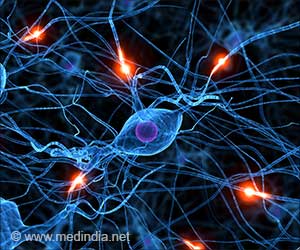Interpreting screening mammograms is a difficult and repetitive visual search task and sometimes could also result in false-positive results.

Sian Taylor-Phillips, of the University of Warwick, Coventry, U.K., and colleagues investigated whether a vigilance decrement to detect cancer in breast screening practice exists and whether changing the order in which 2 experts examined a batch of mammograms could increase the cancer detection rate, through readers' experiencing peak vigilance at differing points within the reading batch when examining different women's mammograms.
The study was conducted at 46 specialized breast screening centers from the National Health Service (NHS) Breast Screening Program in England for 1 year. Three hundred sixty readers participated, all fully qualified to report mammograms in the NHS breast screening program. The 2 readers examined each batch of digital mammograms in the same order in the control group and in the opposite order to one another in the intervention group.
Among 1,194,147 women who had screening mammograms (596,642 in the intervention group; 597,505 in the control group), the images were interpreted in 37,688 batches (median batch size, 35), with each reader interpreting a median of 176 batches. After completion of all subsequent diagnostic tests, a total of 10,484 cases (0.88 percent) of breast cancer were detected.
There was no significant difference in cancer detection rate with 5,272 cancers (0.88 percent) detected in the intervention group vs 5,212 cancers (0.87 percent) detected in the control group (recall rate, 4.14 percent vs 4.17 percent; rate of reader disagreements, 3.43 percent vs 3.48 percent).
"The intervention did not influence cancer detection rate, recall rate, or rate of disagreement between readers. There was no pattern of decreasing cancer detection rate with time on task as predicted by previous research on vigilance decrements as a psychological phenomenon," the authors write.
Advertisement












